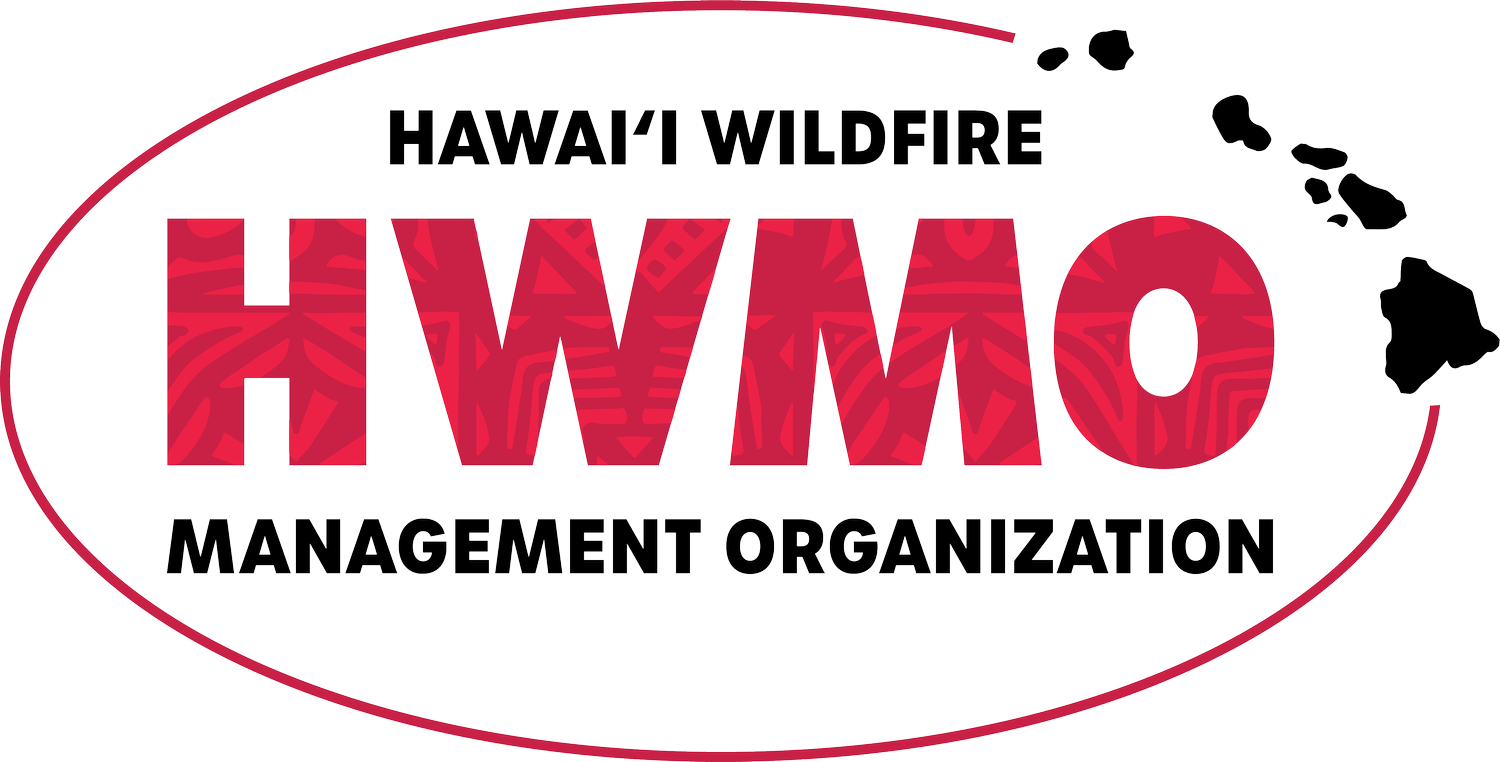Hawaii Conservation Conference 2015
Every year, scientists, resource managers, educators, and interested community members from all over the Pacific flock to the Hawaii Conservation Conference (HCC) to learn about what's new in the conservation world and to meet others doing interesting and impactful work to protect Hawaii's precious natural resources.
On August 3rd to the 6th, this year's HCC took place in Hilo primarily on the University of Hawaii campus. Although Hurricane Guillermo threatened to make a pass during the week, that didn't stop event organizers from upholding the event and sure enough, Guillermo only brought much-needed rains and some surf.
On Tuesday, Pablo Beimler, representing HWMO, gave a talk to a number of people about the organization's work in South Kohala and North Kona and how the lessons learned there created a foundation for our work across the State and spurred the growth of our non-profit. The talk was well received with some people even asking for fire history maps and Kaleo the Pueo stickers immediately afterwards. Mahalo to Chad Wiggins (The Nature Conservancy) and Lani Watson (NOAA) for inviting us to speak this year!
Our talk wasn't the only one focused on wildfire issues. In fact, a number of talks this year either focused on or mentioned wildfire as a primary threat to their efforts:
Creighton Litton (UH Manoa) talks wildfire in Hawaii and its impacts on carbon emissions.
Puuwaawaa management plan workshop full of fruitful discussion.
- Creighton Litton, stepping in for Clay Trauernicht, gave background on the wildfire situation in Hawaii using much of HWMO's fire history work and tying wildfires and their effects on carbon emissions.
- South Kohala Coastal Partnership's "Didi" Diaz-Lyke spoke about HWMO's recent involvement in their fuels reduction efforts at a couple sites along the Waiulaula watershed.
- Melora Purell of the Kohala Center explained how wildfire changes soil surfaces by making them hydrophobic and thus creating a volatile environment for native plant regeneration (and surface runoff that smothers coral reefs).
- Sierra McDaniel of Hawaii Volcanoes National Park outlined the growing threat of wildfires in connection with climate change and how the major drought is impacting the native forest and creating fire hazards.
- During a group discussion about the outreach aspect of the Puu Waawaa management plan, wildfire was listed as one of five major topics to prioritize.
- Wilds Pihanui Brawner of Hawaii Forest Industry Association explained the importance of fire mitigation through fuels management at his site in Kaupulehu.
- We also connected with Lehua Luna Nursery during the community booth event that was open to the public. They were nice enough to hand out Ready, Set, Go! Wildland Fire Action Guides to those interested in learning what native plants would help protect their home from wildfire.
As a product of the event, we were able to connect to a variety of new contacts opening the door to a number of partnership opportunities. Of course, we couldn't have gotten to this point without the solid foundation our partners have built for us - something that ran right along with this year's theme of the Conference: collaboration.
Community members from South Kona share their lessons learned establishing community-based subsistence fishing efforts.
One of the sessions that stood out among the rest was the "Ka Ulu O Kakou - Growing Together to Expand Community Partnerships in Hawaii" forum. Community members from around the West side of Hawaii Island had the opportunity to share their stories about successful collaborations amongst their communities. Many had great lessons to share on how to build community and grassroots level participation in conservation efforts. These stories came at no better timing. Only a day before the session, Governor Ige signed into law a historic ruling that created "the State's first Community-Based Subsistence Fishing Area in Haena." Those community members involved in the efforts celebrated in at the session and were commemorated the next day with the HCA Innovation Award.
Community members from the Haena efforts recognized with HCA Innovation Award.
To conclude, there were a number of accomplished keynote speakers at this year's event:
Learning hei is much more difficult than it seems.
- Pualani Kanakaole Kanahele, president of the Edith Kanakaole Foundation who blended "native and western education background" to become a "foremost Hawaiian culture expert."
- Dr. Thomas E. Lovejoy, accomplished conservationist who was primarily known for his "groundbreaking work on forest fragmentation in the Amazon, coining the term 'biological diversity', predicting the first global extinction rates, conception of debt-for-nature swaps, and co-founder of the public television series 'Nature.'" During the talk, he explained that there was a bright side to the significant portion of CO2 coming from ecosystem destruction: that it justified the importance of conservation and that it gave everyone the ability to make a difference by planting something.
- Kamanamaikalani Beamer, president and chief executive officer of The Kohala Center, who gave a powerful speech about how people could change and create structures.
- Senator Brian Schatz, who was not able to give a speech in person because of his need to be in Washington presented a video message congratulating Haena community members for their conservation efforts and the people responsible for bringing the international conservation conference (IUCN) to Hawaii next year.
- DLNR Chair Suzanne Case, who spoke of her support for adaptive game management plans and on a plan to take 10,000 acres from UH on Mauna Kea for conservation purposes.


